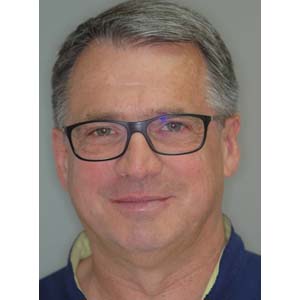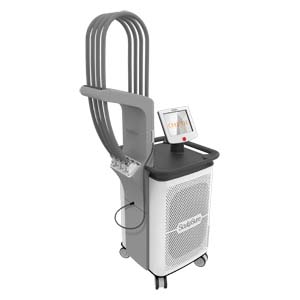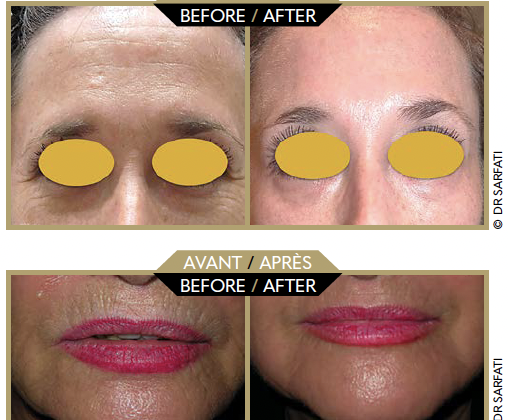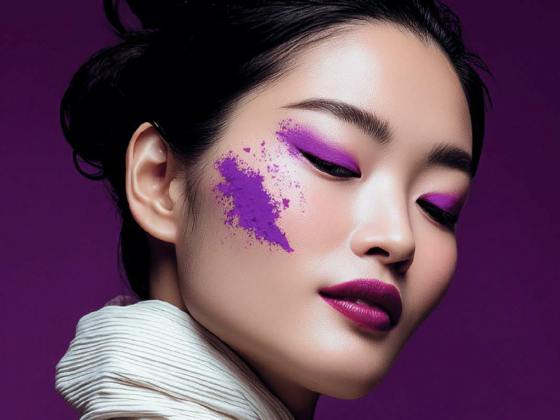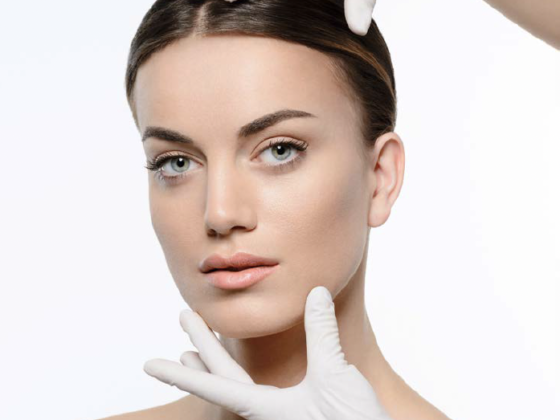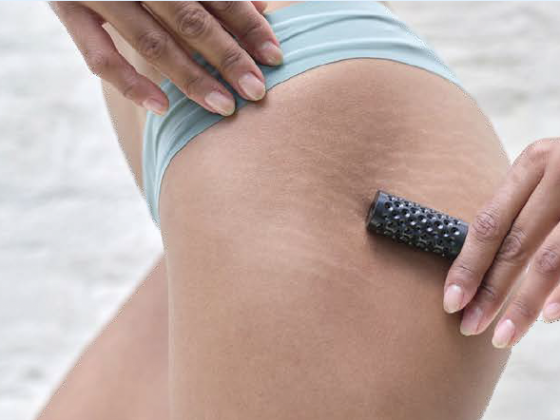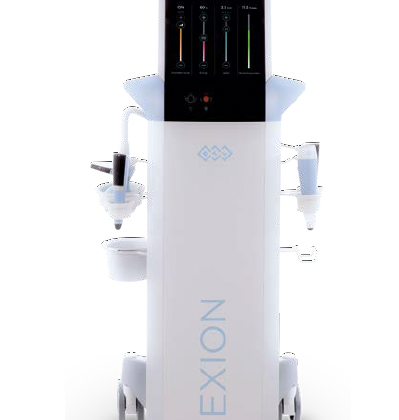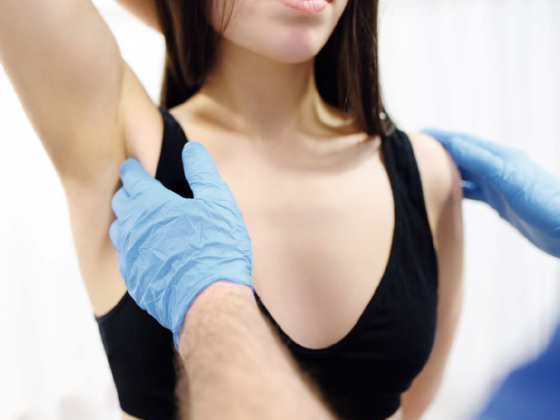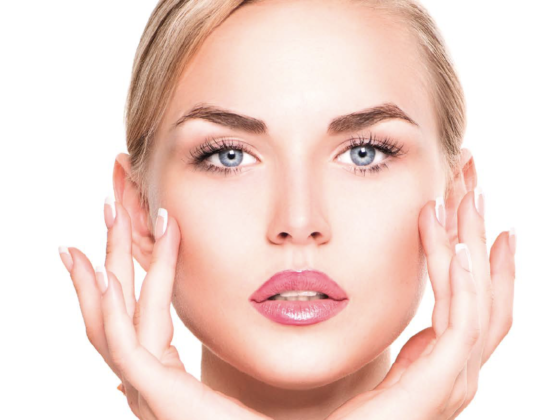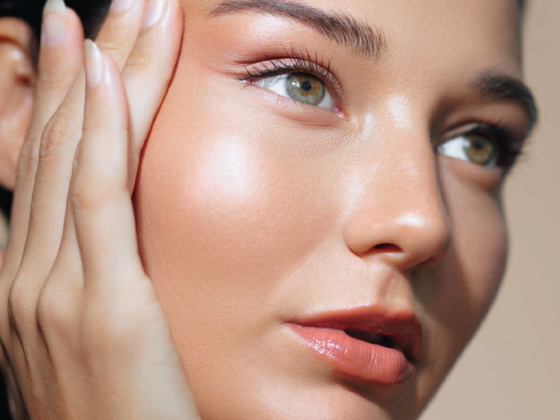By Doctor Thierry Michaud
Alongside the basic facial expressions (joy, anger, sadness, fear, surprise and disgust) we possess a large number of complex facial expressions, which represent a whole other emotional language and use extremely complex neuronal mechanisms.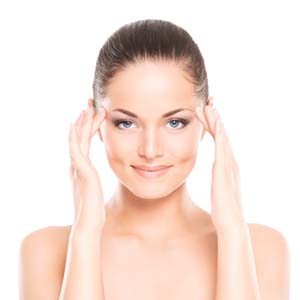
Negative facial expressions
Three key areas of the face are affected by the appearance of cutaneous modifications, folds, wrinkles and changes in the distribution of fatty volumes: the area around the eyes, the middle third of the face and the area around the mouth. All of these alterations lead to the appearance of “negative expressions” (see Figure 1), creating a strange “mask” over the face which does not reflect our true personality but rather that of morphological facial aging. People turn to cosmetic procedures because they wish to erase this incongruity between their personality and their appearance. The patients’ expectations are fairly unequivocal: they want to look “well” and no longer look tired, sad or severe. This can be achieved by correcting the negative expressions. Add to this the desire to look natural and avoid looking frozen, artificial or like a “cosmetic surgery” stereotype. Everyone wants to look natural and preserve their facial expressions, and the fear of losing these essential characteristics is what stops most people from undergoing a cosmetic procedure.
Specialist practitioners must be able to create a personalised treatment plan by analysing the semiotics of the patient’s facial aging.
Therapeutic implications
The face’s cutaneous muscles play a fundamental role in the facial dynamics and expressiveness. They drive the emotional facial expressions and mobilise all of the face’s soft tissue, in particular its fat compartments. Personalised treatment plans combine the use of botulinum toxin, fillers and volumising techniques (hyaluronic acid), lasers and similar techniques (radiofrequency, targeted ultrasounds), peels and active cosmetology. An aging analysis is carried out, considering the three thirds of the face separately: the upper third (area around the eyes), middle third (area that has the most volumes), and lower third (area around the mouth). For each of these regions, we need to analyse the semiotics of aging and work out how it can be linked to the patient’s key negative expressions, the correction of which will then be explained to the patient.
Keeping the face natural with botulinum toxin
This requires excellent knowledge of the muscle anatomy and muscle balance, and high precision, as the injections require the practitioner to control how the product is distributed, the volumes injected and the product concentrations. For example, when treating crow’s feet, if the orbicular muscle were blocked completely, it would create an artificial-looking and unnatural smile. The same applies to the eyebrows, to livening up the expression and to the different key areas of the lower face.
Keeping things natural when correcting the facial volumes
Good knowledge of the anatomy is vital when distinguishing the deep facial fat compartments (sub-orbicularis oculi fat or SOOF), which are fixed and static but can melt away with age, from the various superficial fat compartments, which are mobile. It is therefore vital to analyse the face’s soft tissue while it is performing the facial expressions in order to plan where the volumes will be injected. How the volumes look in the face is more important that the volumes themselves. The rheology of the hyaluronic acid used is an essential factor. The face is a complex structure that is subject to various forces, including compression, stretching and lateral shear stress. Because of this, each area of the face must be matched with a type of hyaluronic acid that has the appropriate rheological properties to deal with the forces to which is subjected, which are of various intensities and frequencies. We need to combine elastic and viscous components in order to achieve the desired properties: extrusion force, malleability, lifting ability, tissue mobilisation, ease of spreading. The shear stress and twisting to which the implanted hyaluronic acid will be subjected dictates its viscoelasticity. But a hyaluronic acid implant is not just one block, it is built up of a multitude of cross-linked units that stick to each other to varying degrees. The constraints of compression and stretching therefore tie in with another key criterion: cohesiveness. This depends on the product’s concentration and cross-linking technology, which can vary greatly from one brand to the next. The other fundamental properties to take into account are absorption, tissue integration, durability over time and tolerance. We can thus draft a rheological “specifications list” according to the area of the body to be corrected.
Facial movement is the fourth dimension of aesthetics and must be considered during all facial rejuvenation procedures. Our knowledge of the emotional facial expressions enables us to identify the negative facial expressions. Their correction, alongside the preservation of the face’s emotional language, ensures that the results achieved are natural-looking and perfectly correspond to the patient’s expectations.
Doctor Thierry Michaud
Specialist in facial aging and aesthetic techniques for the face. Laureate of the Strasbourg Medical Faculty; Member of the French Dermatology Society; President of the French Dermatology Society’s Aesthetic and Corrective Dermatology Group (gDEC); Manager of the Cosmetic Dermatology Collection at Editions Arnette.



